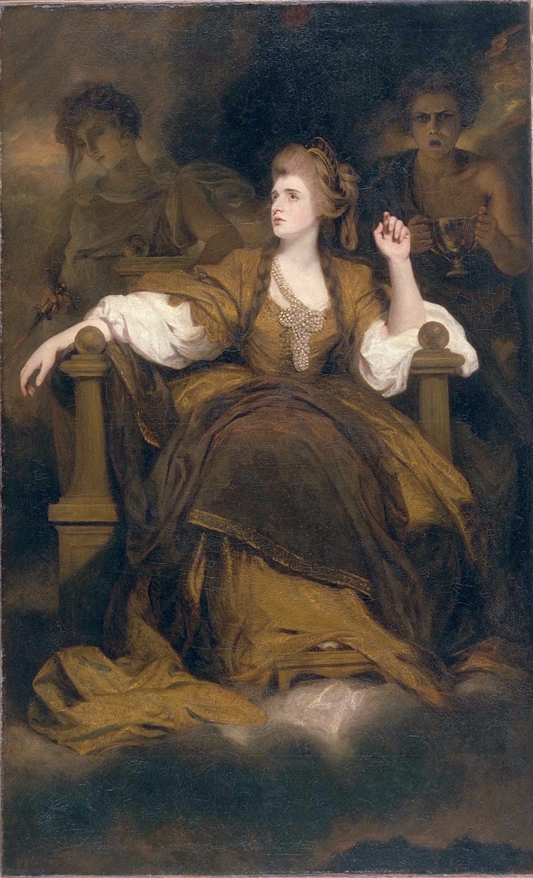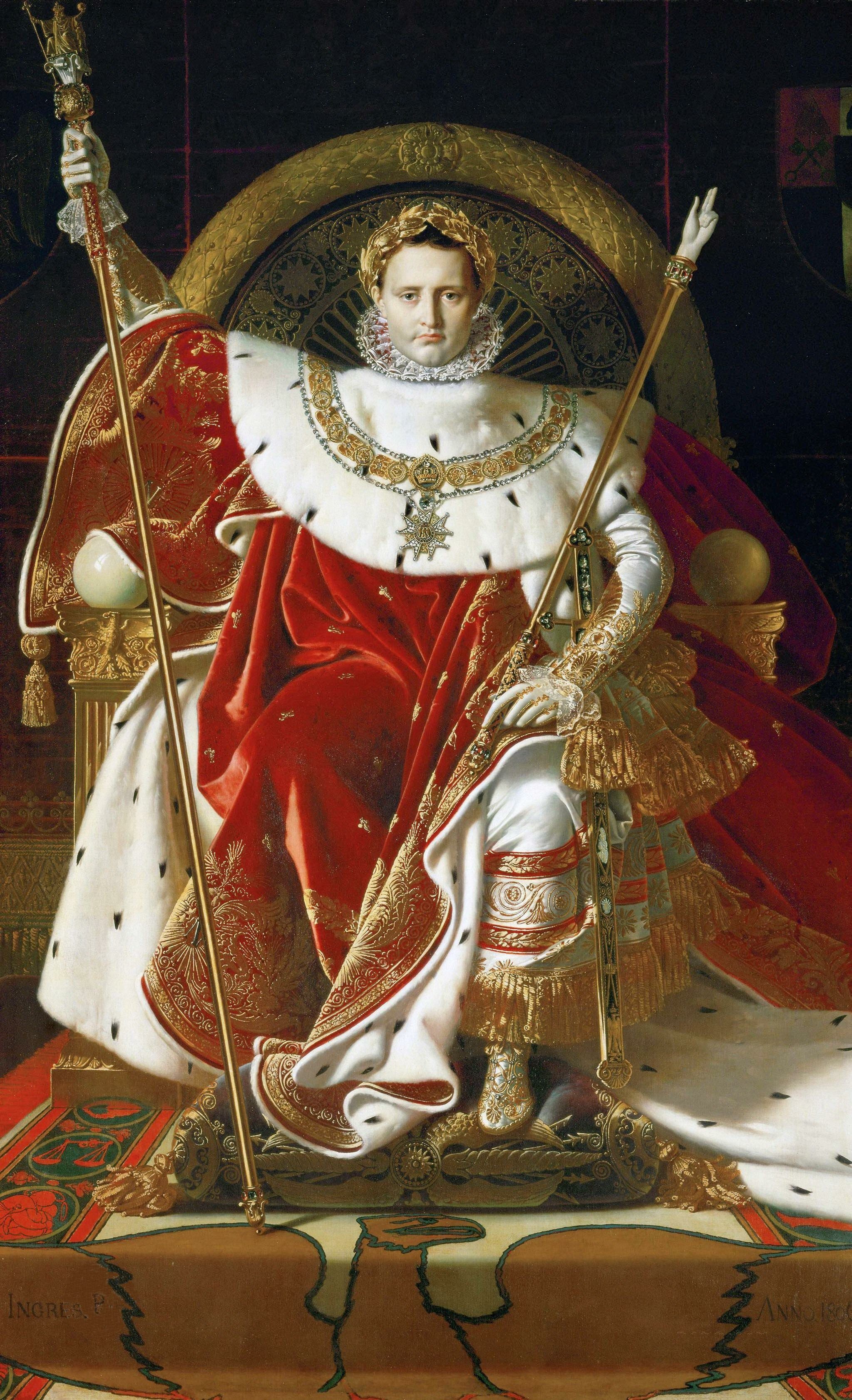In the late 18th and early 19th century, women were essentially invisible in the public sphere. This was in part due to society’s selective embrace of Roman values.
The ancient Romans, although in some ways progressive for their time, were explicitly patriarchal. The paterfamilias maintained strict authority over his family and household. Nevertheless, Roman women did have important rights and privileges, such as the right to carry on business, remarry, and own property. Women played a prominent role in the official cults, including the Vestal Virgins, who were Rome’s only full-time professional clergy.
What a surprise that the men of the Enlightenment selectively chose what Roman virtues to apply! Once again, we can look to Jean-Jacques Rousseau’s Émile for insight into their interpretation of Roman patriarchy. Émile, as the ideal man, is educated to be self-governing. Sophie, the ideal woman, is educated to be ruled by her husband.
Rousseau’s theory of sexuality is still repeated by some today:
Who can possibly suppose that nature has indifferently prescribed the same advances to the one sex as to the other and that the first to feel desire should also be the first to display it. What a strange lack of judgment! Since the consequences of the sexual act are so different for the two sexes, is it natural that they should engage in it with equal boldness? How can one fail to see that when the share of each is so unequal, if reserve did not impose on one sex the moderation that nature imposes on the other, the result would be the destruction of both and the human race would perish through the very means ordained for its continuance. Women so easily stir men’s senses and awaken in the bottom of their hearts the remains of an almost extinct desire that if there were some unhappy climate on this earth where philosophy had introduced this custom, especially in warm countries where more women than men are born, the men tyrannized over by the women would at last become their victims and would be dragged to their deaths without ever being able to defend themselves.
Is it any wonder that Mary Wollstonecraft felt compelled to write A Vindication of the Rights of Woman, in 1792? Not that it had much of an immediate impact: Feminism would not get traction until the middle of the 19th century.
This week I am considering six forms of portrait painting that reached maturity during the intellectual ferment of the Enlightenment. These posts are based closely on the Royal Academy of Art’s 2007 show, Citizens and Kings: Portraits in the Age of Revolution, 1760-1830.
Let me know if you’re interested in painting with me in Maine in 2014 or Rochester at any time. Click here for more information on my Maine workshops!







.jpg)